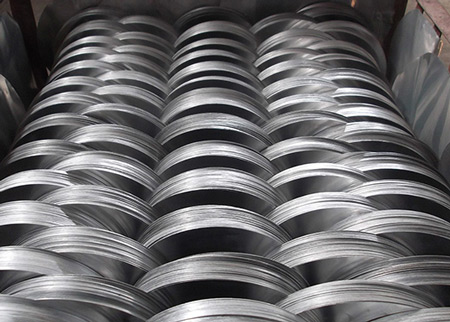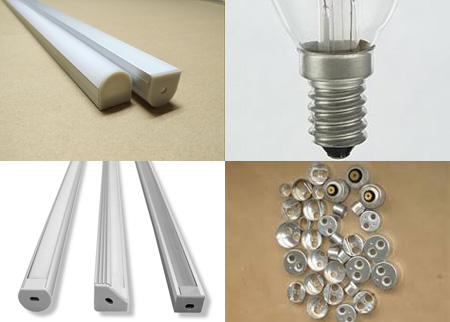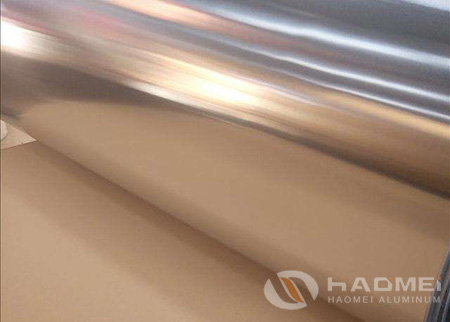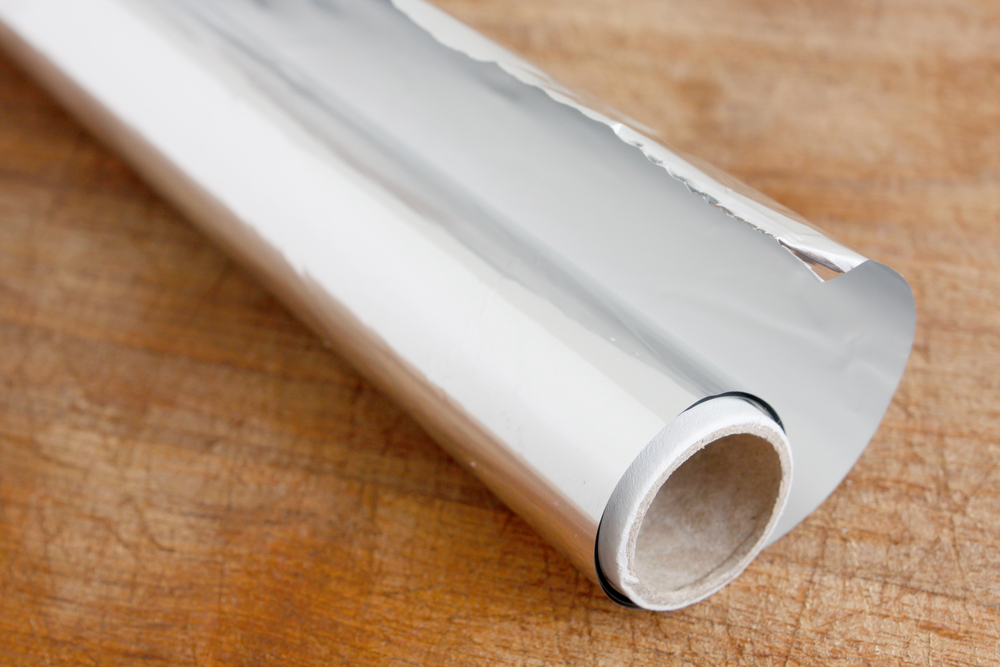



Due to the cost factor, the application of aluminium alloys for automobiles varies from model to model. This shows that although the trend towards the development and application of lightweight aluminium alloys is clear and unambiguous, the cost factor is still restricting its development in great strides. In fact, it is impossible for one material to completely replace another. Any kind of material, no matter from the point of view of cost or performance, has its own strengths and is developed in parallel. It can only be said that one material, in a certain aspect, can better meet the technical or market development needs.
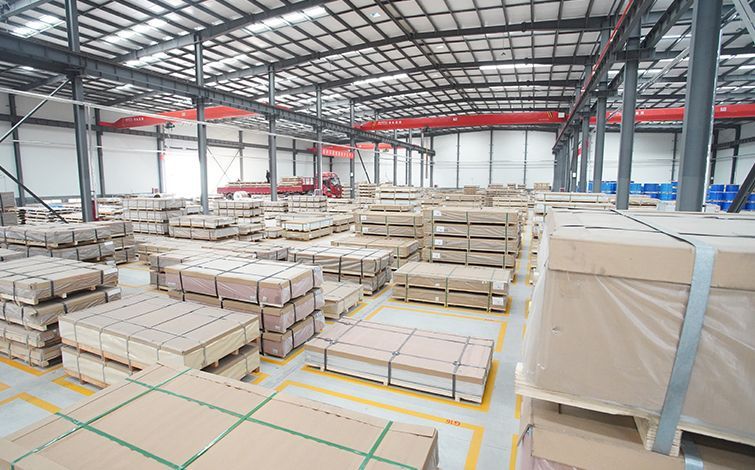
The main application of aluminium alloy in new energy is still the demand for light weight and energy saving. At present, taking a 40KWh battery system as an example, if a steel structure is used, its cost can be controlled within 1,000 RMB; if an aluminium profile is used to weld the shell structure, it is between 3~5,000 RMB. The cost ratio of aluminium alloy is still 3~5 times higher than that of steel plate.
The cost factor is still a roadblock in the promotion of aluminium in new energy applications. However, this does not prevent the progress and development of technology. But what we need to clarify is, at this stage, what are the design differences brought about by the differences in the characteristics of steel and aluminium?
The design of the battery tray structure made of aluminium alloy for automobiles needs to be "tailored to the material". There are significant differences between steel and aluminium in terms of strength, fatigue resistance, modulus of elasticity, tensile, compressive, shear and bending parameters. The use of metal alloy technology does result in a very significant increase in some aspects, such as strength properties, compared to pure aluminium. However, the strengthening of a single property does not mean that the essential properties are transferred and completely changed. This is particularly true in vehicle engineering, where the differences in properties are more pronounced under dynamic and static loads. Therefore, in structural design, aluminium alloy structures cannot be equated with steel structures, even though they are functionally identical components.
* Thank you for your inquiry. Please provide your business needs information so that we can better serve you.
This information can help us assign the most suitable person to solve your problem. We will give you feedback within 1-2 working days.
Related Blog
